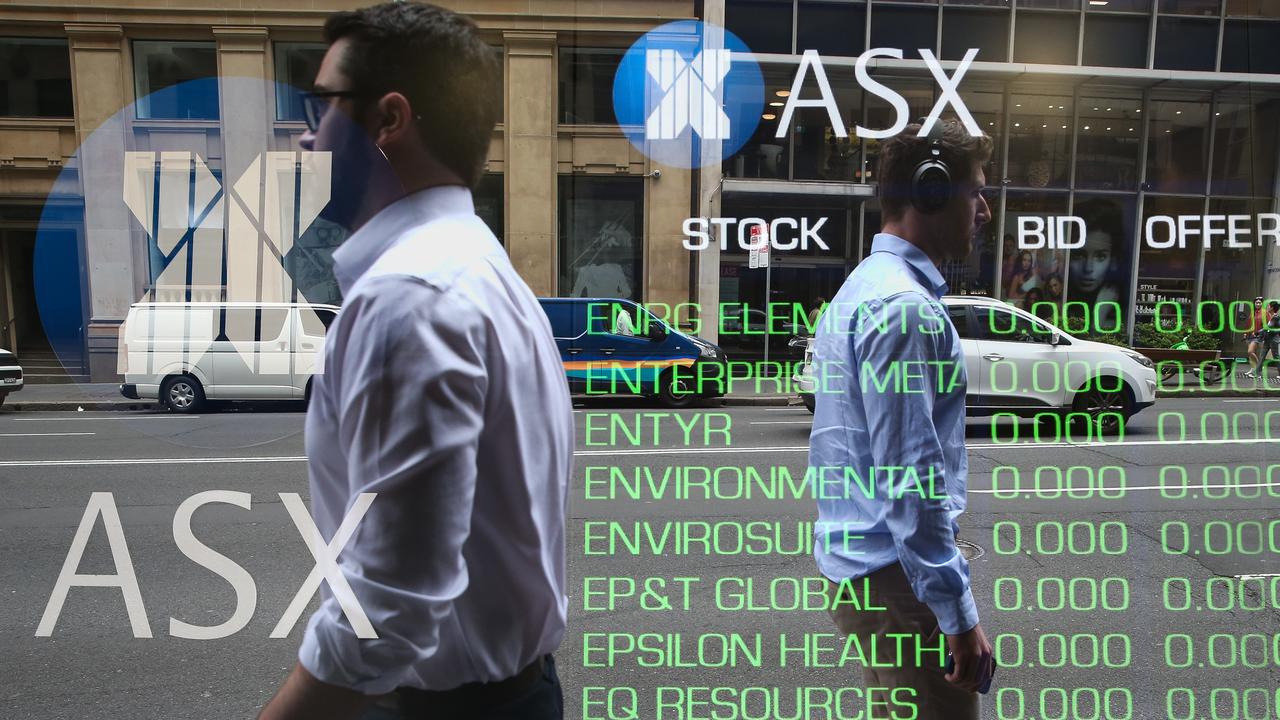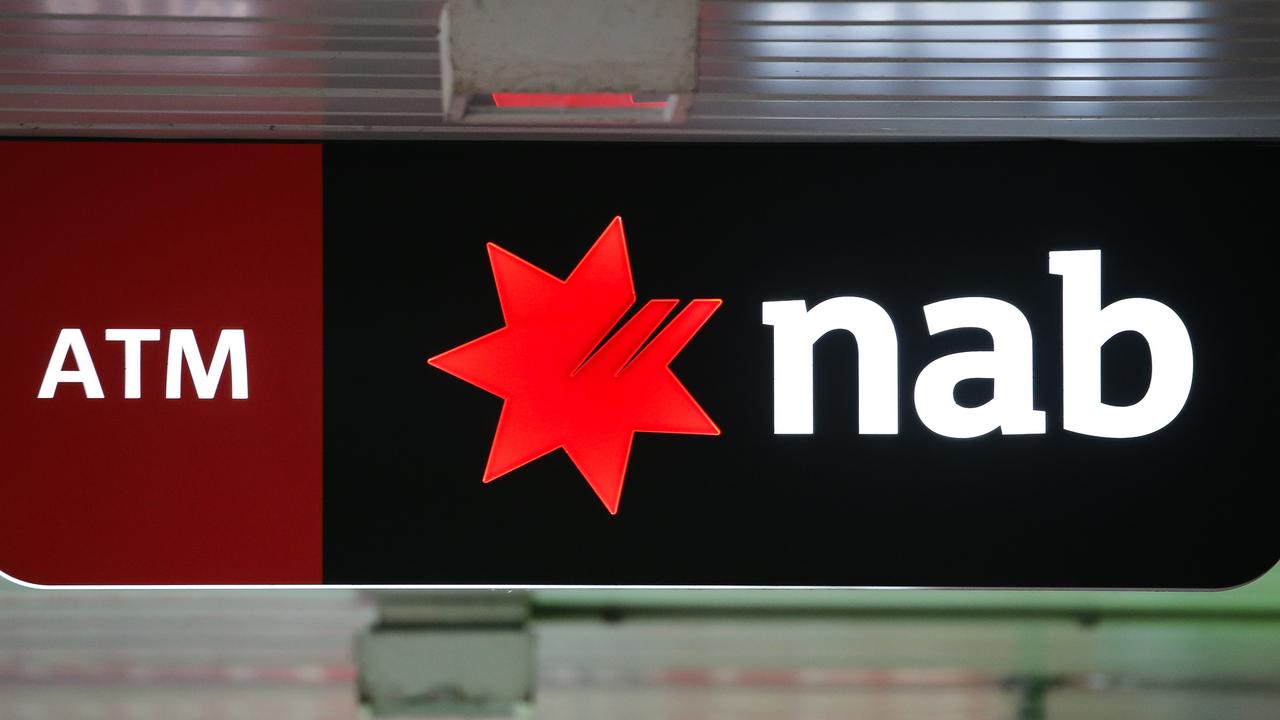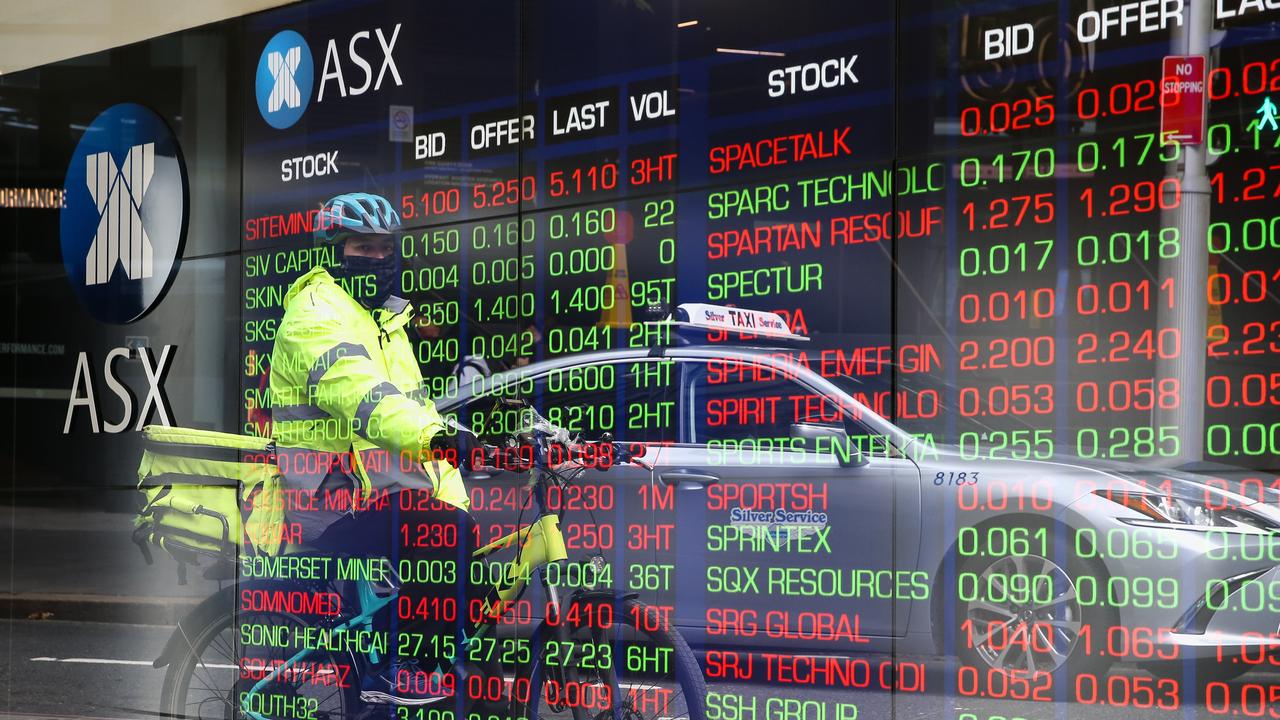World debt woes may hit dollar in 2012
CURRENCY experts expect the Australian dollar to fall from its record highs in 2012 while businesses aren't so sure.
CURRENCY experts expect the Australian dollar to fall from its record highs in 2012 while businesses aren't so sure.
Either way, businesses are being advised to take action to mitigate the risks associated with a fluctuating currency.
Len Milner, managing director at luxury travel goods and handbags importer Mayfair International, has hedged against a move in the currency out to March next year to protect his company's revenue.
During 2011, which Mr Milner described as difficult for his business, the Australian dollar rose to a 28-year high 110.82 cents then dropped back down to just under 94 cents within three months.
That amount of movement, or volatility, makes it difficult for importers and exporters as they try and plan shipments.
To mitigate the risk of foreign exchange moving in the wrong way, businesses are able to buy the currency they need ahead of time at the current price, for a fee.
Mr Milner said Mayfair has priced its imports at an average exchange rate of $US1 till March, preventing the loss of revenue that would result from a drop in the currency.
"If a department store came out buying for winter for delivery next March, we would cost our goods at one US dollar and the price would be stable," he said.
"So we don't have to go to them in March and say 'the dollar's gone down to 90 US cents and you have to pay us more' because they won't."
Commonwealth Bank (CBA) currency strategist Joseph Capurso said it was important for businesses to manage their currency risk.
Research conducted by CBA shows that 77 per cent of businesses with an annual turnover of at least $500 million plan to hedge their US dollar exposures in the next three months.
By contrast, only 37 per cent of businesses with annual turnover of $5 million to $25 million plan to hedge.
The local currency surged to a post-float high of 110.82 US cents in July, on expectations that domestic interest rates would be going up and as US politicians debated raising their debt ceiling.
By October, market watchers shifted their stance to forecasting interest rate cuts rather than hikes, as local inflation began to cool and as global economic concerns mounted.
This dragged the Australian dollar to 93.88 US cents - its lowest level in more than a year.
OZForex head of client dealing Jim Vrondas said 2012 may be a rocky year for the Australian dollar.
He said the currency may trade toward 80 US cents some time in the new year, as Europe's sovereign debt crisis deteriorates.
"Europe's credit markets are expected to remain fragile for a while and the real risk is contagion," he said.
Such a fall in the currency will make Mayfair's Mr Milner glad that he's hedged the company's foreign exchange exposure, particularly during a difficult time for retailers.
Mr Milner said 2011 was tough for Mayfair, with overseas prices increasing and domestic demand weakening.
"Many stores have been on sale throughout 2011.
"Somewhere along the line, we're copping it because they still need to make reasonable margins so our margins are being cut substantially."
He said a high exchange rate had allowed Mayfair to offset some of those losses.
OZForex's Mr Vrondas doesn't expect to see a repeat of the volatility seen during the global financial crisis, when the currency lost seven US cents over three days.
"It's unlikely that we'll see anything like that, in terms of lack of liquidity.
"There's plenty of liquidity around with money being pumped into the system."
CMC foreign exchange dealer Tim Waterer said the currency's fate in 2012 depends largely on how Europe's debt woes are dealt with.
"If we get some sort of stabilisation of the crisis ... then the (Australian dollar) may look to trade in the 95 to 105 US cents range in 2012.
"However, if a workable solution is not forthcoming in Europe and that leads to global stock indices spiralling lower, then we could be looking at the currency falling to 85 US cents in the first half of next year."
In contrasts to the experts, most businesses are expecting the Australian dollar to rise.
CBA's Aussie Dollar Barometer, which surveys the 500 largest businesses in Australia as well as small and medium enterprises, found that importers were expecting the currency to peak at 109 US cents by the end of March 2012.
Exporters and businesses that both export and import expect it to peak at 107 US cents by March.
Mr Waterer said the domestic unit did well to stay above 90 US cents in 2011, considering the constant flow of negative news from overseas.
"To put things into perspective, the last time we had these sorts of conditions back in late 2008 and early 2009, the Australian dollar was just a whisker away from slipping below 60 US cents.
"It has certainly held up much better this time around."
CBA's Mr Capurso agreed 2012 was shaping up to be a negative year for the Australian dollar, mainly due to slowing economies in Europe, the US and Asia.
"The Aussie's averaged about 103 US cents this year," Mr Capurso said.
"I think it's likely to average lower, probably in the 90s next year."



